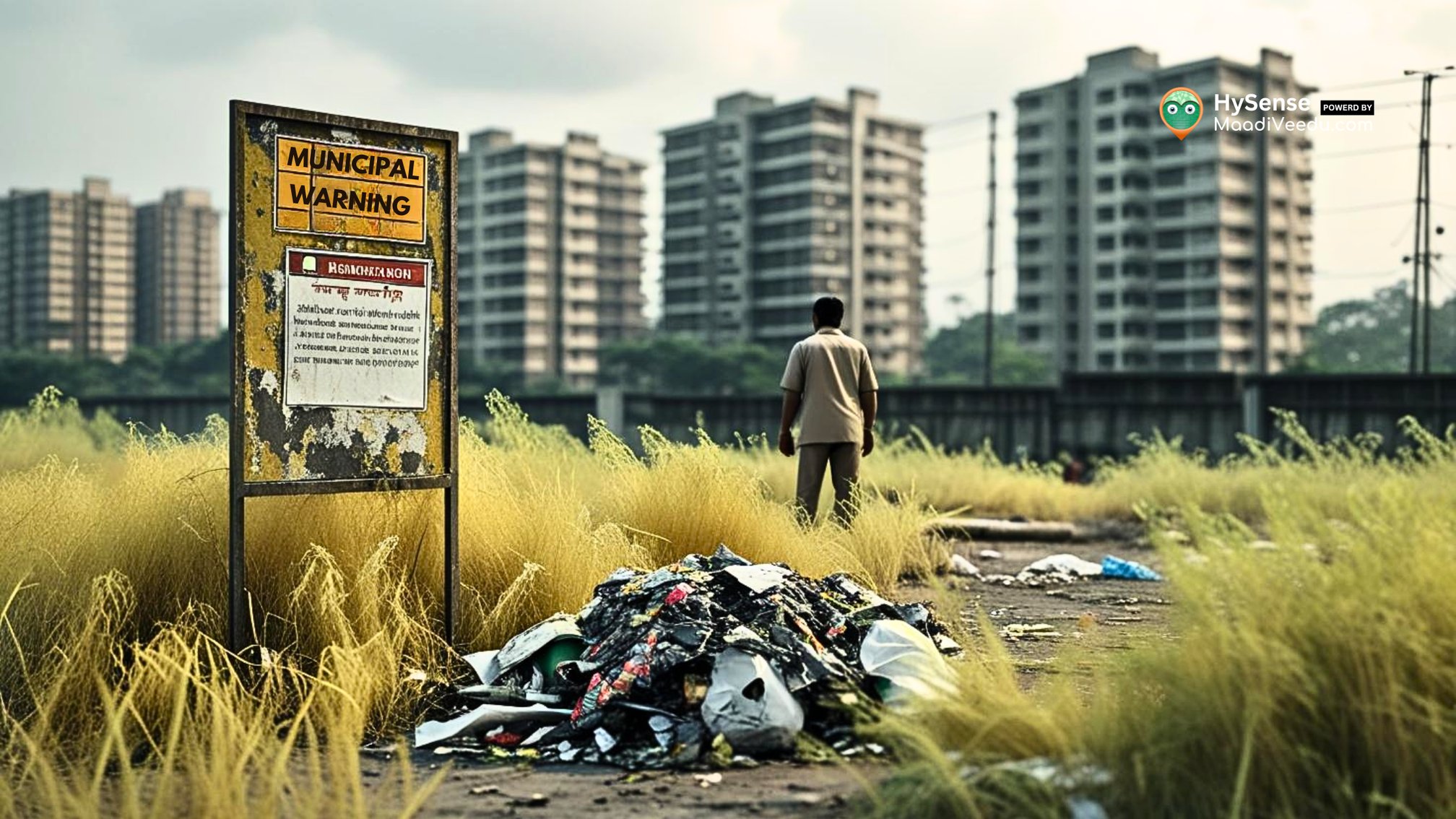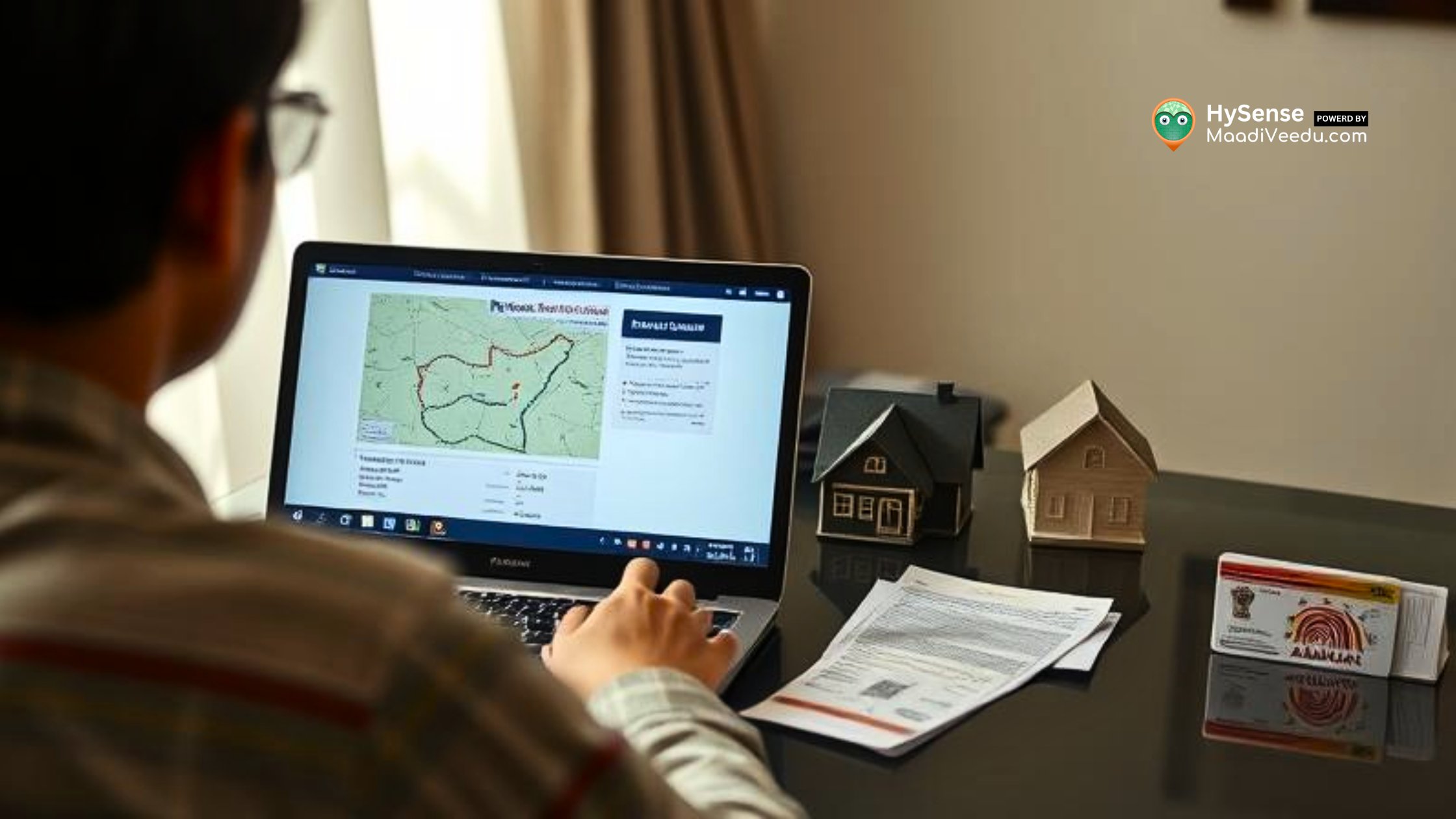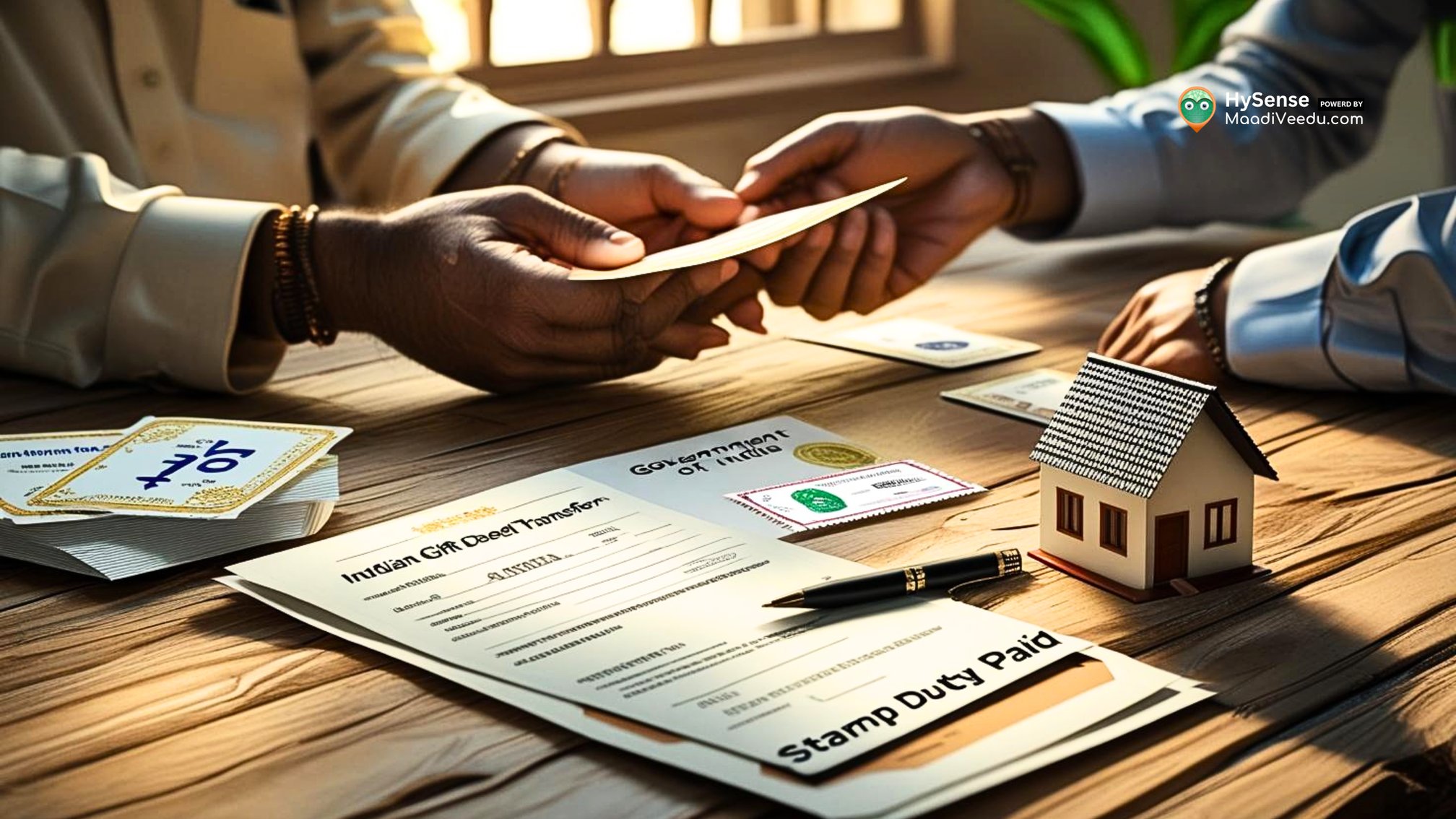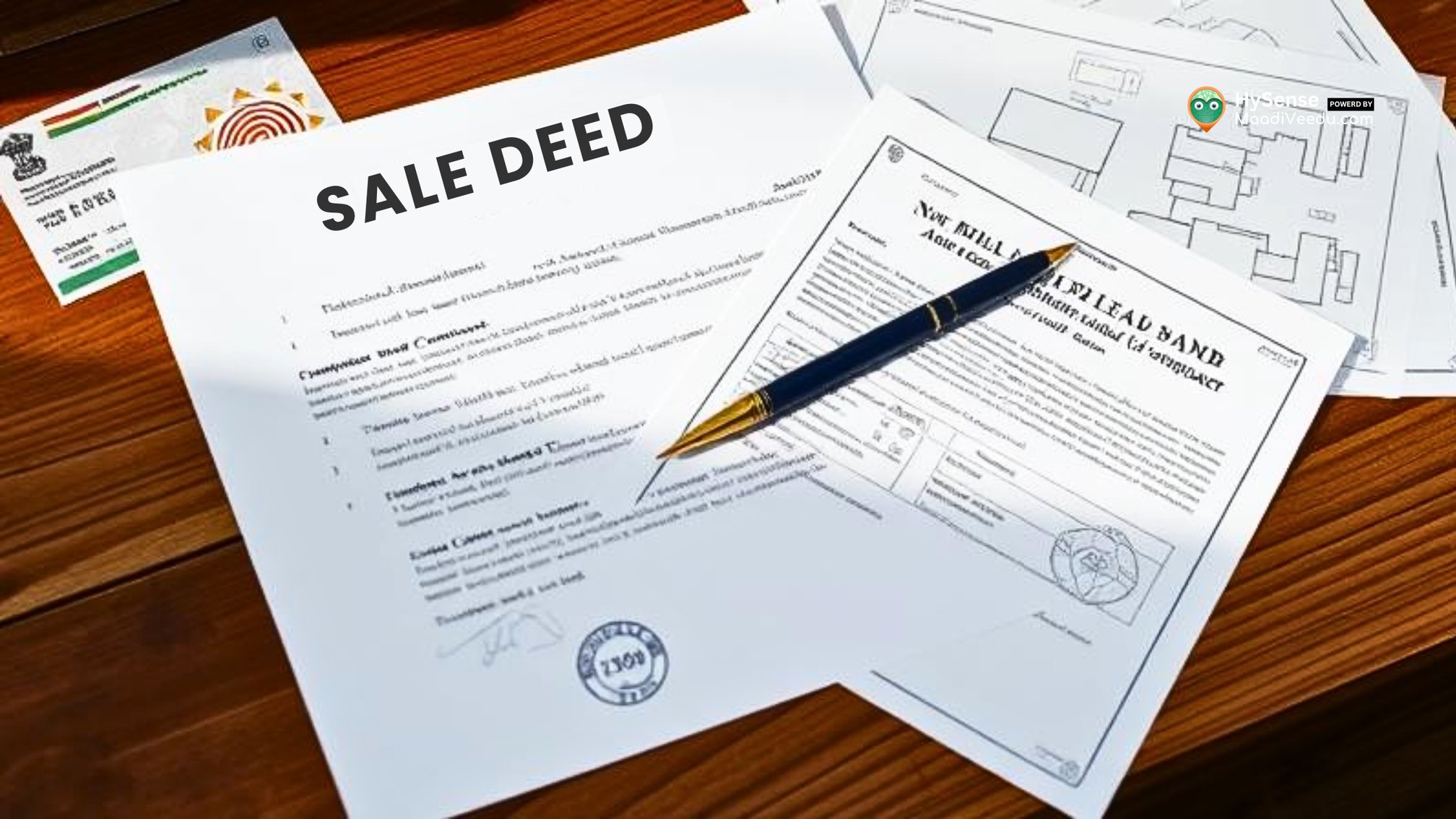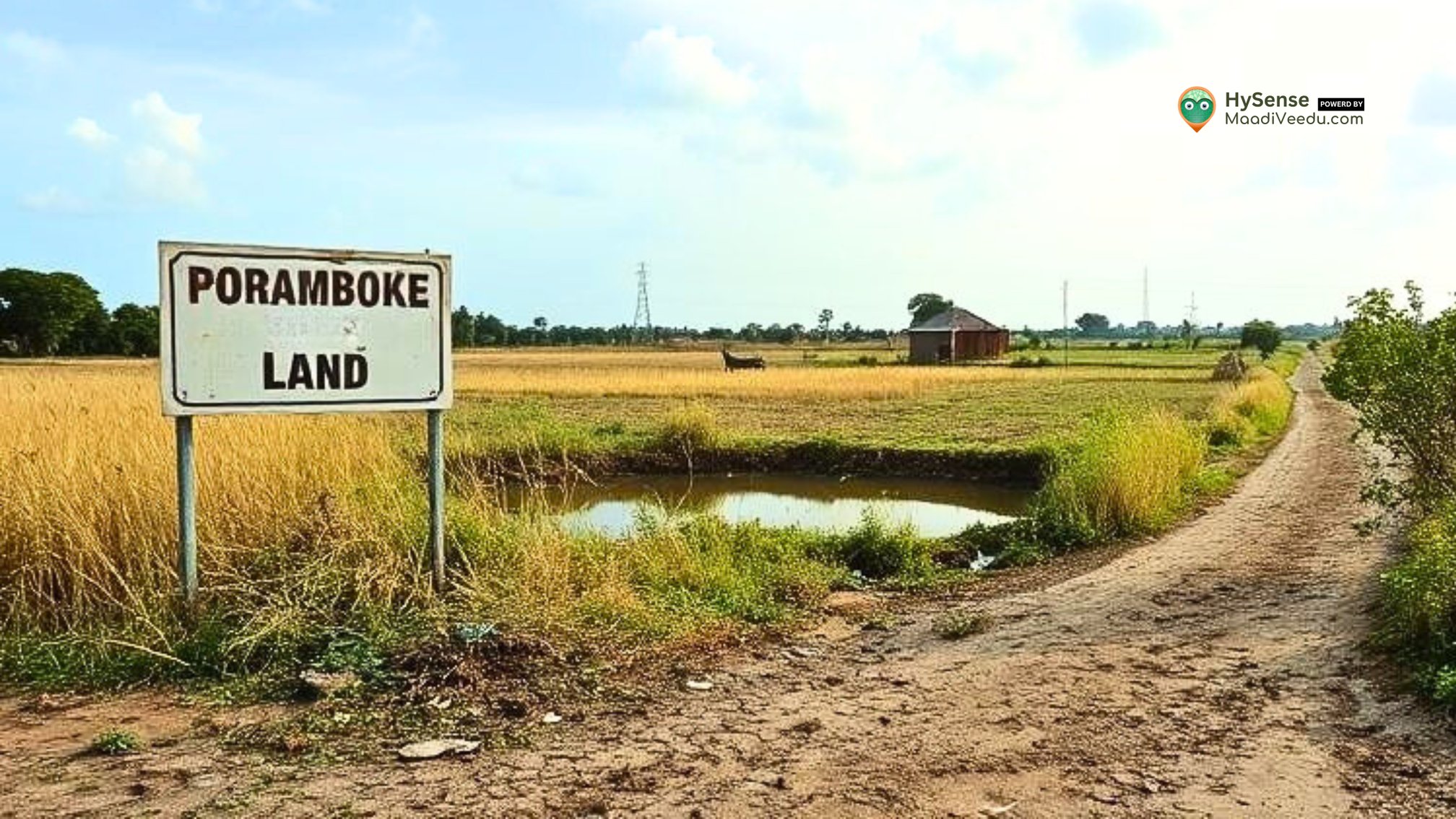The Main Purpose of Soil Testing: 5 Key Reasons to Test Your Soil
Soil testing is key to boosting crop yields, improving garden health, and ensuring construction stability. Learn how testing enhances productivity and sustainability.
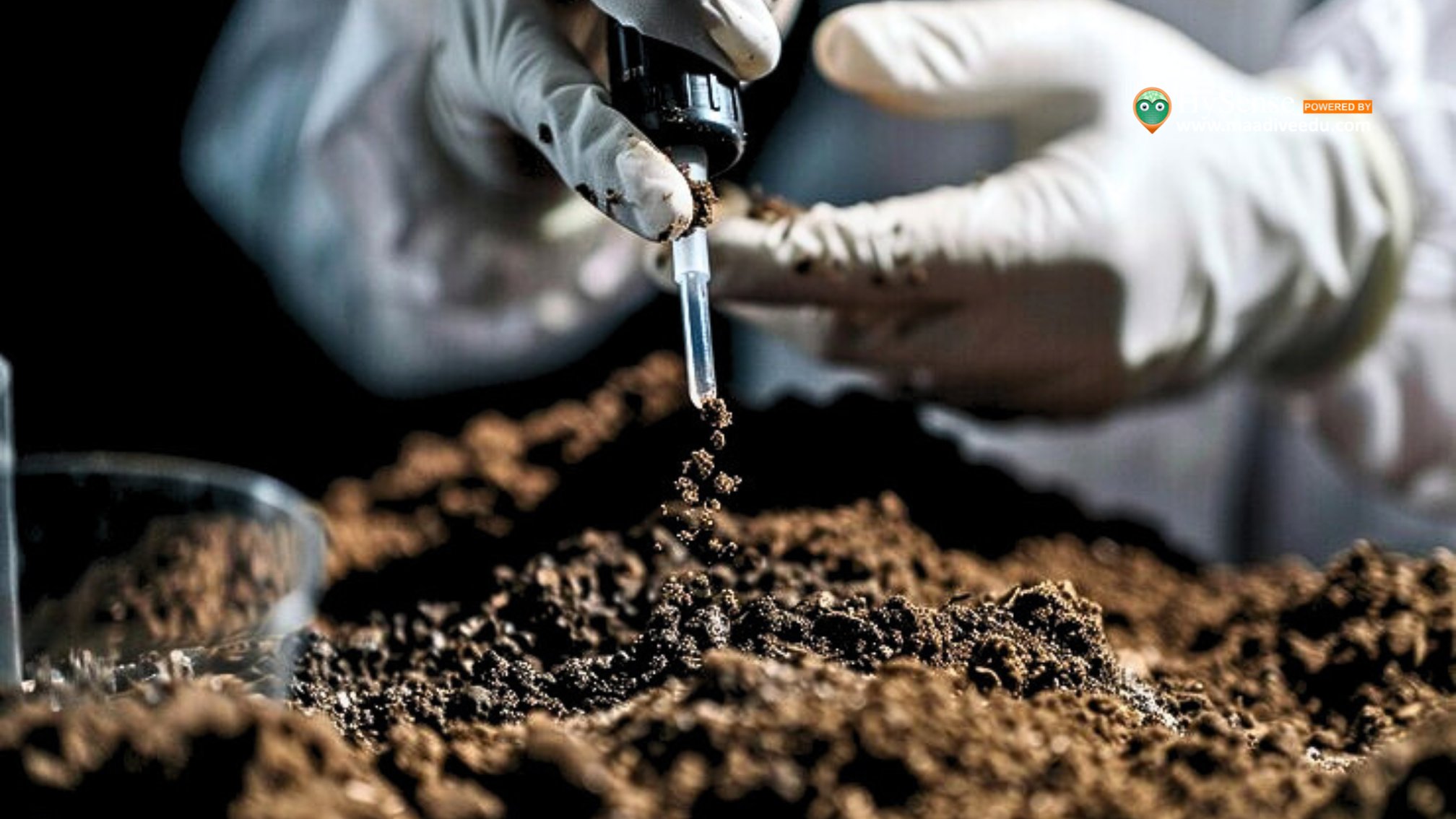
Table of Contents
Is Your Land Truly Ready for Farming, Building, or Landscaping? Here's How to Find Out
Did you know? A single soil test can help save lakhs of rupees in wasted fertilizers or failed constructions. Yet, many landowners skip this crucial step before they begin farming or construction—only to regret it later.
Imagine spending months preparing your farmland or planning a dream project, only to discover poor soil conditions that ruin everything. Whether you’re a farmer, builder,
gardener, or land investor—soil testing is your first and most powerful tool for smart land use.
What You’ll Learn in This Blog
- 5 must-know reasons to test your soil before using your land
- Real examples showing how soil testing saves money and time
- How farmers, builders, and investors use soil tests wisely
- Why one test can make or break your land decision
What is Soil Testing?
Soil testing means collecting samples of your land’s soil and analysing them for key elements like:
- Nutrient levels (e.g., nitrogen, phosphorus, potassium)
- pH value (acidic or alkaline nature)
- Texture and moisture content
- Organic matter and possible contaminants
This helps you understand the true condition of your soil and make the right decisions for agriculture, construction, landscaping, or even land resale.
Why is Soil Testing So Important?
Soil testing gives you the confidence to say:
“Yes, my land is truly ready.”
Here are five powerful reasons why soil testing is absolutely essential.
1. Boosting Agricultural Yields and Soil Sustainability
Soil testing is a game-changer for farmers and anyone growing crops.
How It Helps Farmers:
- Balanced Fertilizer Use: Testing shows exact nutrient deficiencies, helping you avoid overuse.
- Example: A farmer finds low phosphorus in the soil and adds only the required amount, saving money and avoiding pollution.
- pH Correction: Crops don’t grow well if the pH is off. Testing helps you adjust it early.
- Better ROI: Optimising fertiliser use means higher yield at lower cost.
- Ongoing Monitoring: Regular testing helps track soil health and act on changes early.
- Environmental Safety: Prevents fertilizer runoff that pollutes water bodies.
2. Ensuring Safe and Stable Construction Foundations
Before you build anything—a house, commercial site, or warehouse—test the soil.
Why Builders Trust Soil Testing:
- Foundation Safety: Determines if the soil can handle heavy structures.
- Example: Engineers test soil before building a mall and realise it’s too soft—so they change the design and avoid major losses.
- Load-Bearing Capacity: Helps decide the strength needed for the foundation.
- Drainage and Water Handling: Testing tells you how water behaves in the soil—important for long-term building safety.
- Cost Control: Early testing avoids expensive mid-project repairs.
3. Healthier Gardens and Landscapes That Last
Even for a small backyard garden or decorative landscape, soil testing makes a huge difference.
Why Gardeners and Landscapers Rely on Soil Testing:
- Right Plant Choices: Choose plants that thrive in your soil type.
- Example: If the soil is acidic, you can grow blueberries or hibiscus—plants that love such conditions.
- Fertilizer Efficiency: Use only what’s needed, avoiding over-fertilization.
- Better Water Management: Know how much to water and when.
- Soil Improvement: Add compost or organic matter based on test reports.
- Disease Control: Healthy soil = stronger plants = fewer pests.
Water means nothing without healthy soil. Read: Why Soil Testing is the First Step Before Farming or Building on Land.
4. Soil Testing in Environmental Cleanup and Remediation
When land is suspected to be polluted or used for industrial work, soil testing becomes the first step in restoration.
How Soil Testing Helps Clean Contaminated Land:
- Identifying Pollutants: Detect harmful substances like lead, pesticides, or industrial waste.
- Planning Remediation: Helps select proper cleanup methods like bioremediation.
- Tracking Cleanup: Ongoing testing tracks improvement.
- Legal Safety: Ensures compliance with environmental rules.
Looking for land suitable for safe reuse or ready for testing? Explore plots with verified soil history and environmental data.
5. Supporting Long-Term Land Management and Conservation
If you own or manage large land areas, soil testing helps ensure your land stays productive and healthy for generations.
Why It Matters for Conservation:
- Preventing Erosion: Identify weak spots and take protective steps like grass planting.
- Example: A farmer with sandy soil uses cover crops to reduce wind erosion.
- Resource Saving: Optimise water use and reduce waste.
- Sustainable Planning: Choose the right farming or land use based on test results.
- Ecosystem Support: Healthy soil supports biodiversity—both plants and animals.
- Future-Proofing: Helps in land development planning without harming the environment.
Final Thoughts
Soil testing isn’t just a technical process—it’s your insurance for success. Whether you’re growing crops, building a home, or investing in land, testing gives you the clarity to move forward with confidence.
Make soil testing your first step before any land use. It saves you money, protects the environment, and sets you up for long-term gains.
Stay Informed and Make Smart Land Decisions
For more expert guidance, tips, and real-world insights, follow our updates at blog.maadiveedu.com.
Searching for farmland or tested plots?
Browse verified properties at www.MaadiVeedu.com—your journey to smart land ownership starts here.
Frequently Asked Questions (FAQ)
1. How often should I test my soil?
- Every 1–3 years for farming.
- Every 2–3 years for gardens or landscaping.
- Once before any major construction.
2. Can I do soil testing myself?
- DIY kits are available, but for reliable, in-depth analysis—use a certified soil lab.
3. What do soil test results include?
- pH, NPK nutrient levels, organic matter, and possible pollutants.
4. How much does a soil test cost in 2025?
- Basic tests: ₹300–₹1,000 per sample.
- Contaminant testing: Higher based on complexity.
5. Can it help in land pollution cases?
- Absolutely. It’s the first step in detecting, treating, and monitoring pollution cleanup.

